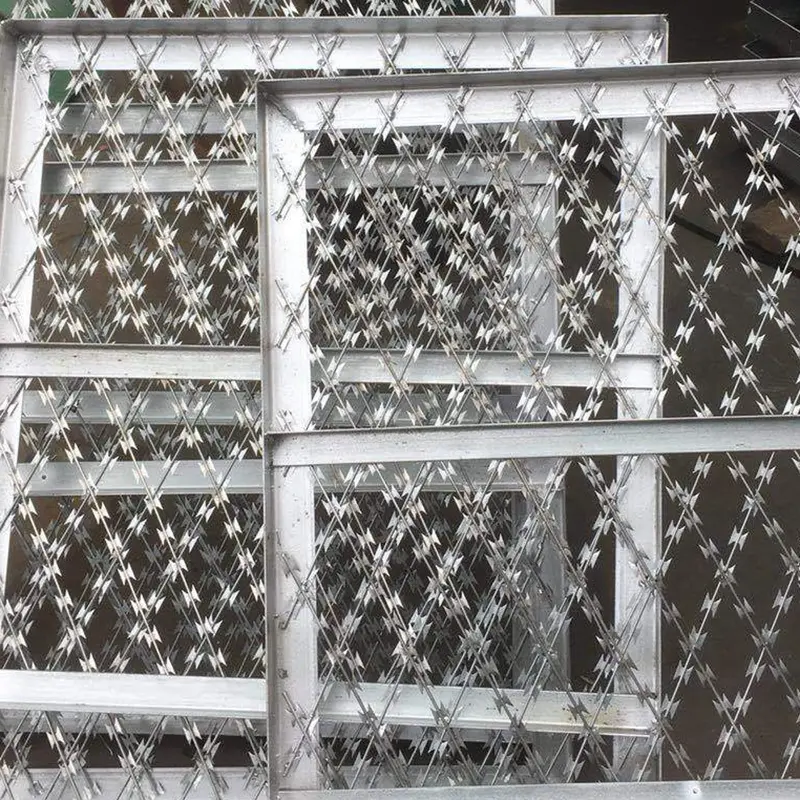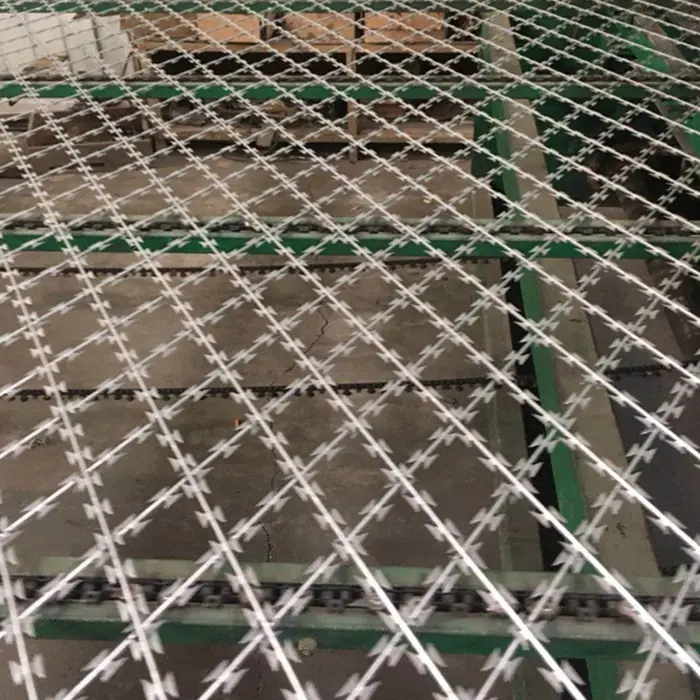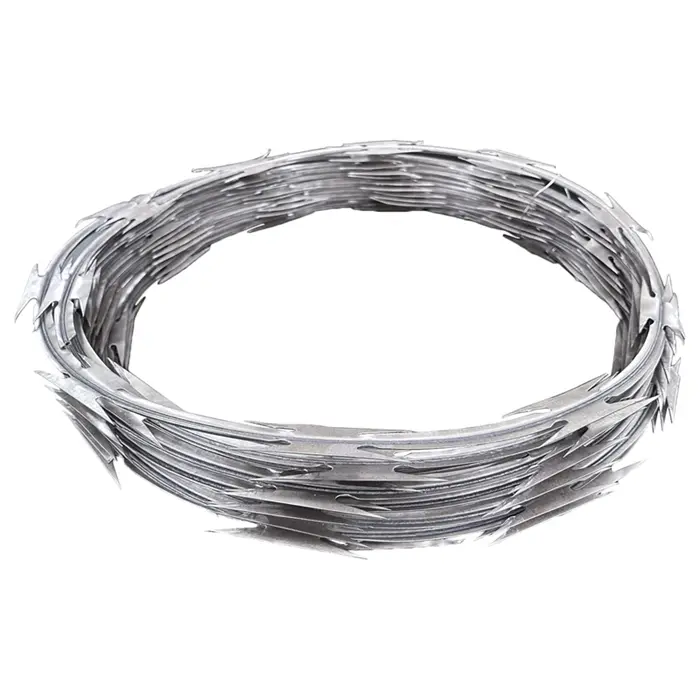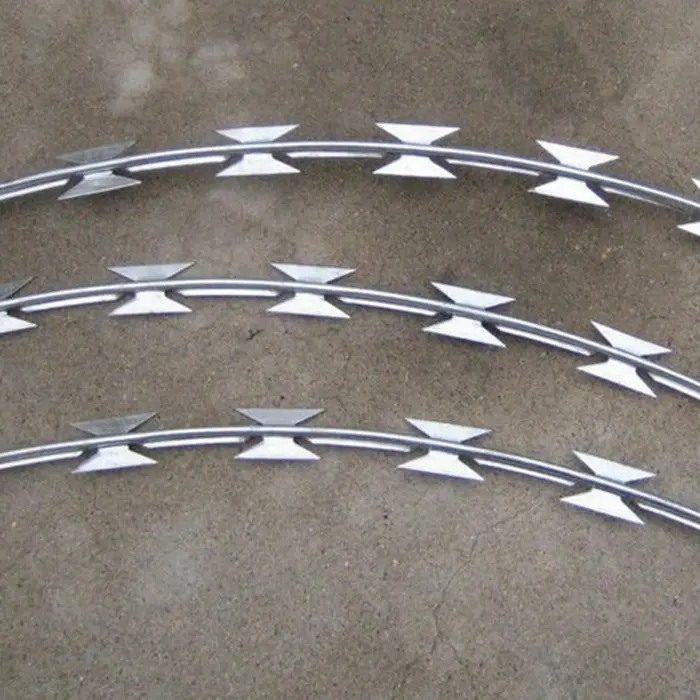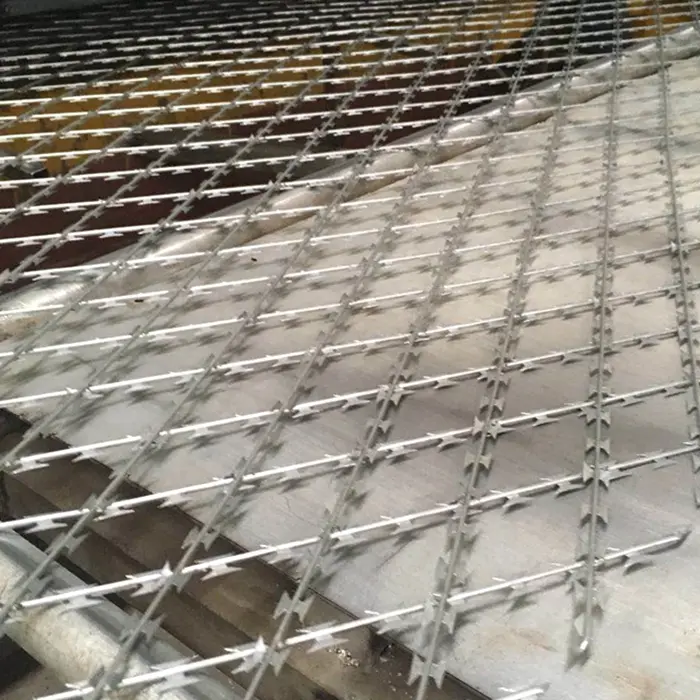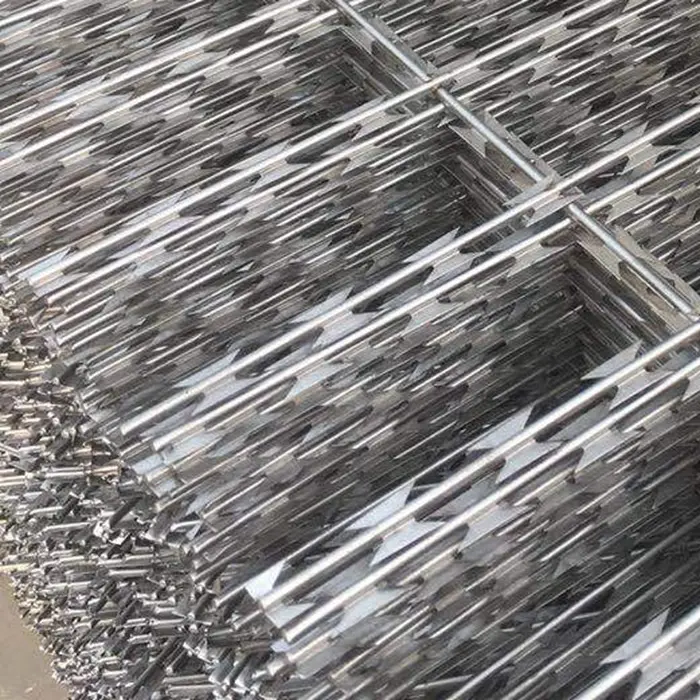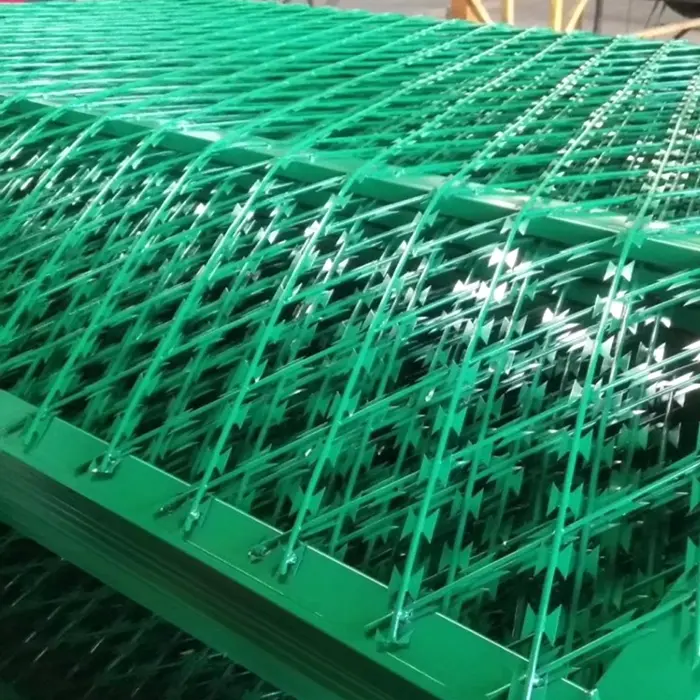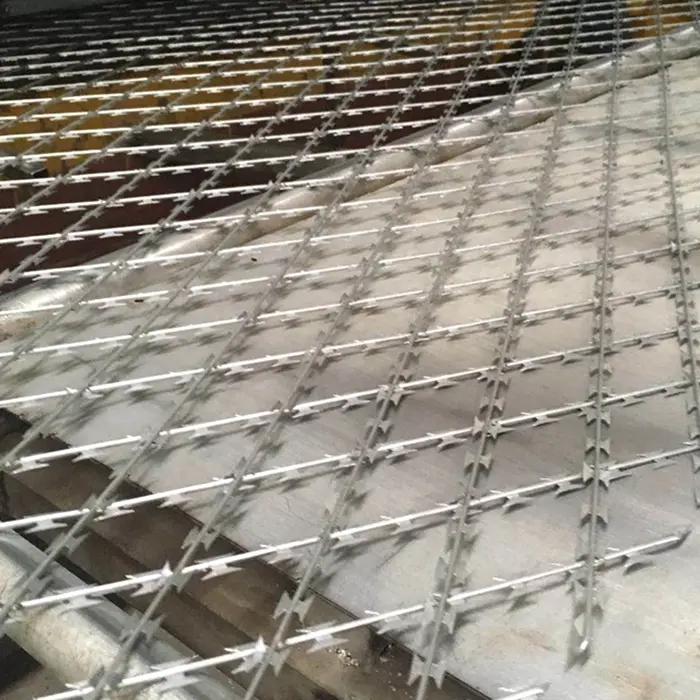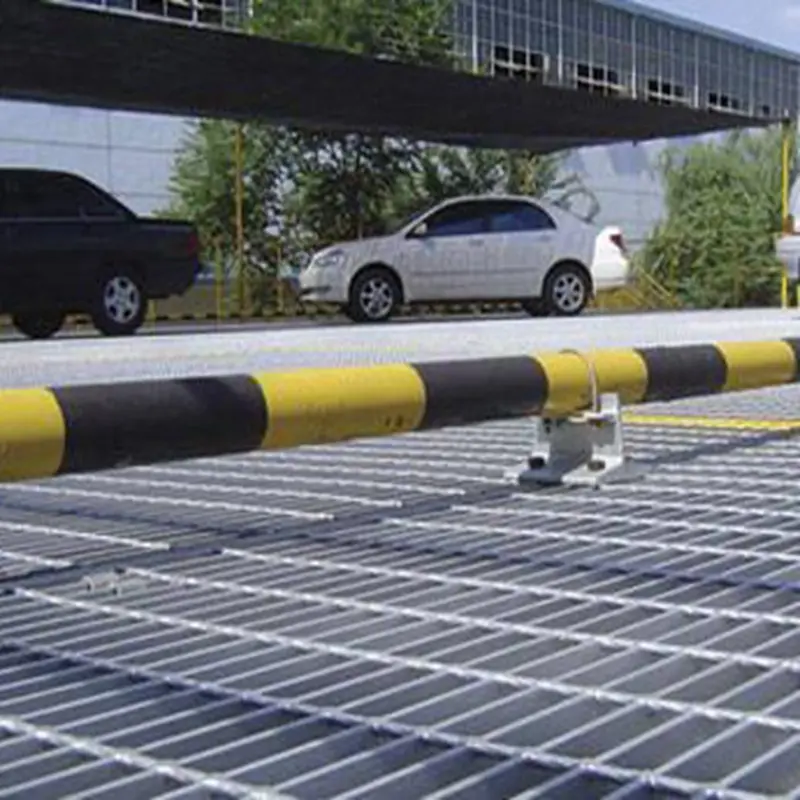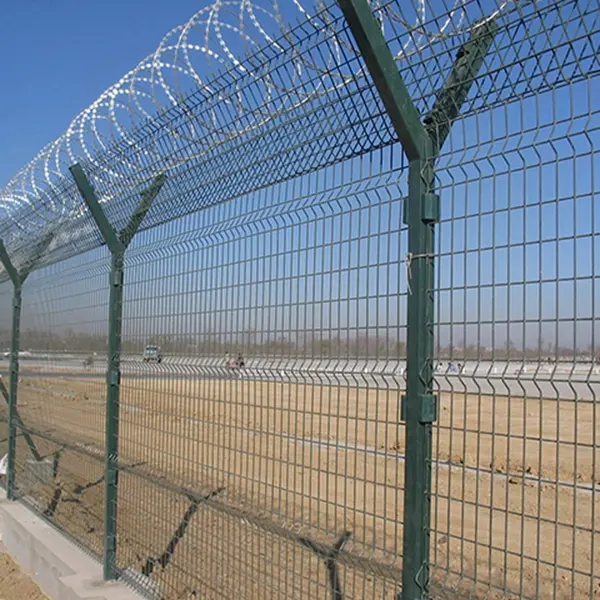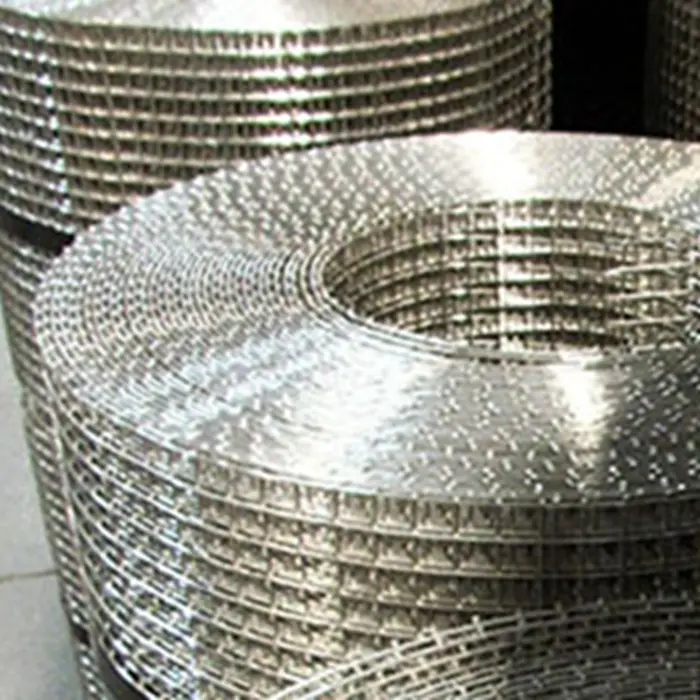Nkpuchi ịgbado ọkụ na-ezo aka na usoro nke iwu ụlọ mgbidi ígwè using welding techniques to join individual components, such as rails, posts, and panels. This method ensures a strong, durable, and long-lasting structure, making it ideal for security, privacy, and boundary demarcation. Typically made from materials like steel, iron, or aluminum, welded fences are resistant to weathering, corrosion, and physical impact, especially when treated with protective coatings like galvanization or powder coating. Their robust construction and adaptability make them a preferred choice for perimeter fencing solutions in both commercial and industrial settings.
Compared to prefabricated or bolted fences, high security perimeter fencing like welded fence provides superior strength and stability, making them suitable for high-security areas like prisons, military sites, or industrial facilities. Additionally, their aesthetic appeal allows for decorative designs, blending functionality with visual appeal. Proper installation and maintenance ensure that perimeter security fence solutions remain robust and effective for decades, offering long-term reliability and peace of mind.
Ogologo oge ole ka ngere waya welded ga-adịru?
A welded wire fence typically lasts between 15 to 30 years, depending on material quality, environmental conditions, and maintenance. Fences made from galvanized steel tend to last the longest (20-30 years) due to their rust-resistant coating, while non-galvanized or lower-quality wire may deteriorate in 10-15 years. Powder-coated fences offer additional protection against corrosion and UV damage, extending their lifespan further. For enhanced durability and corrosion resistance, consider using stainless steel welded wire mesh panels, which provide superior strength and longevity even in harsh environments.
Harsh weather, such as heavy rain, snow, or coastal salt air, can accelerate rust and weaken the fence over time. Regular inspections for rust, loose welds, or bent wires help prolong its durability. If damage occurs, prompt repairs—such as applying rust-resistant paint or replacing broken sections—can prevent further degradation. Proper installation, including secure posts and tensioning, also plays a key role in longevity. For applications requiring lightweight yet durable fencing, PVC weld mesh offers an excellent alternative, combining flexibility with resistance to environmental wear. Overall, with good maintenance and the right material choice, a welded wire fence can remain functional and sturdy for decades.
Kedu otu esi eme ka ngere waya gbadoro anya?
Iji jikwaa ngere waya gbadoro anya nke ọma, nrụnye kwesịrị ekwesị na ndozi oge dị oke mkpa. Malite site n'ịhụ na mkpuru osisi siri ike na nke ọma (igwe ma ọ bụ osisi a na-agwọ) agbasaghị ihe karịrị 8-10 ụkwụ iche ka ọ ghara ịda mbà. Ịgbatị ntupu ahụ nke ọma n'oge echichi site na iji ihe ndọtị ngere ma ọ bụ ngwá ọrụ na-abịa na-enyere aka iwepụ ike ọgwụgwụ.
Ka oge na-aga, ihu igwe na mgbakasị ahụ nwere ike ime ka ngere ahụ tọpụ. Iji eriri erughị ala ma ọ bụ obere eriri waya jikọọ waya nwere ike iweghachi ike. Ịgbakwunye okporo ụzọ nkwado kwụ ọtọ n'etiti posts na-enyekwa aka kesaa esemokwu n'otu n'otu. Maka nkwụsi ike agbakwunyere, chekwaa ala nke ngere ahụ site na stek ala ma ọ bụ waya mgbakasị ahụ iji gbochie anụmanụ ma ọ bụ irighiri ịkwanye ya n'èzí. Nyocha mgbe niile na obere mgbanwe na-eme ka ngere ahụ nọgide na-adị mma ma dị nchebe ruo ọtụtụ afọ.



